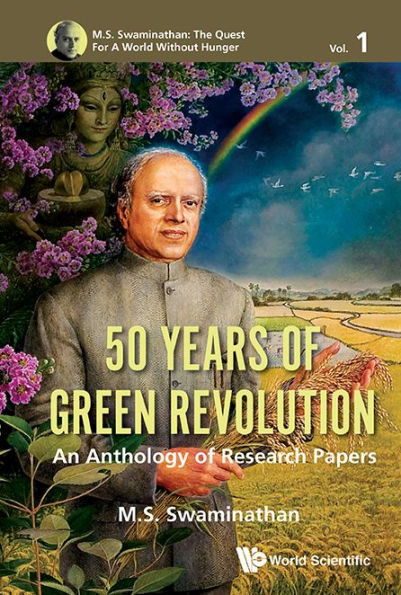5
1
9789813200067


50 Years Of Green Revolution: An Anthology Of Research Papers available in Hardcover

50 Years Of Green Revolution: An Anthology Of Research Papers
- ISBN-10:
- 9813200065
- ISBN-13:
- 9789813200067
- Pub. Date:
- 05/23/2017
- Publisher:
- World Scientific Publishing Company, Incorporated
- ISBN-10:
- 9813200065
- ISBN-13:
- 9789813200067
- Pub. Date:
- 05/23/2017
- Publisher:
- World Scientific Publishing Company, Incorporated
174.0
In Stock

Product Details
| ISBN-13: | 9789813200067 |
|---|---|
| Publisher: | World Scientific Publishing Company, Incorporated |
| Publication date: | 05/23/2017 |
| Series: | M.s. Swaminathan: The Quest For A World Without Hunger , #1 |
| Pages: | 484 |
| Product dimensions: | 6.30(w) x 9.10(h) x 1.30(d) |
From the B&N Reads Blog
